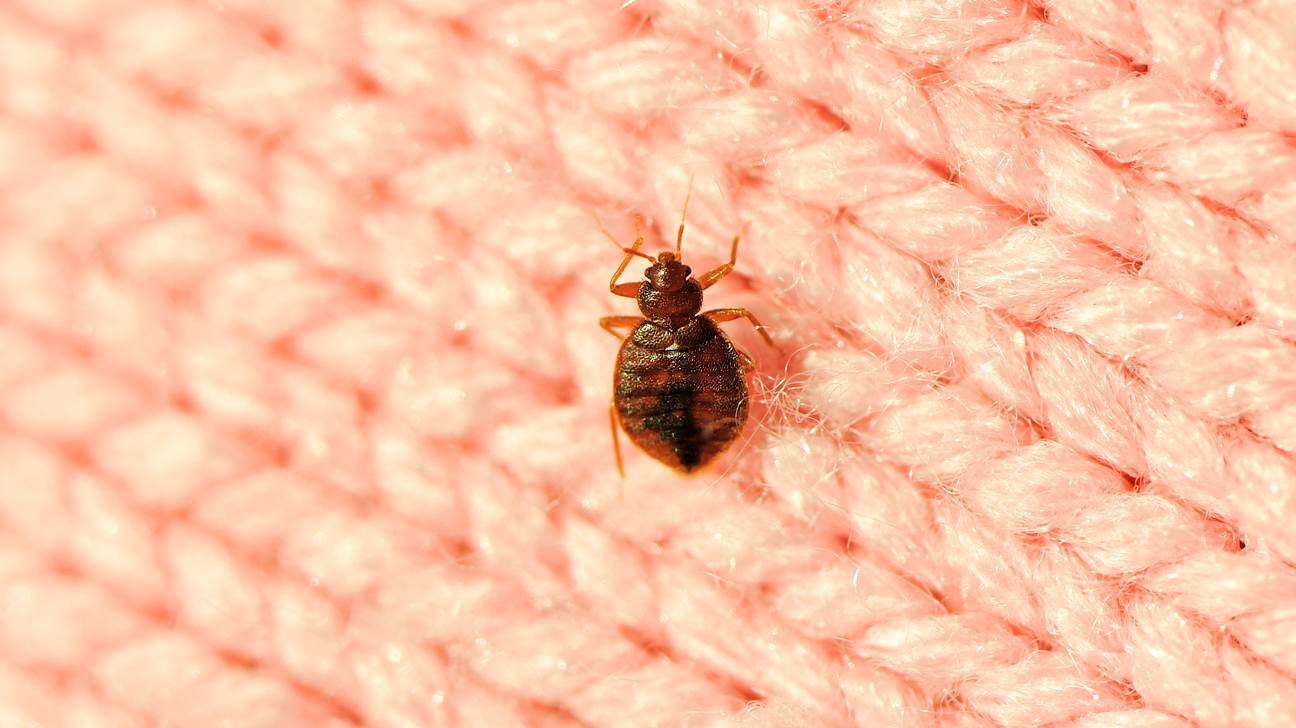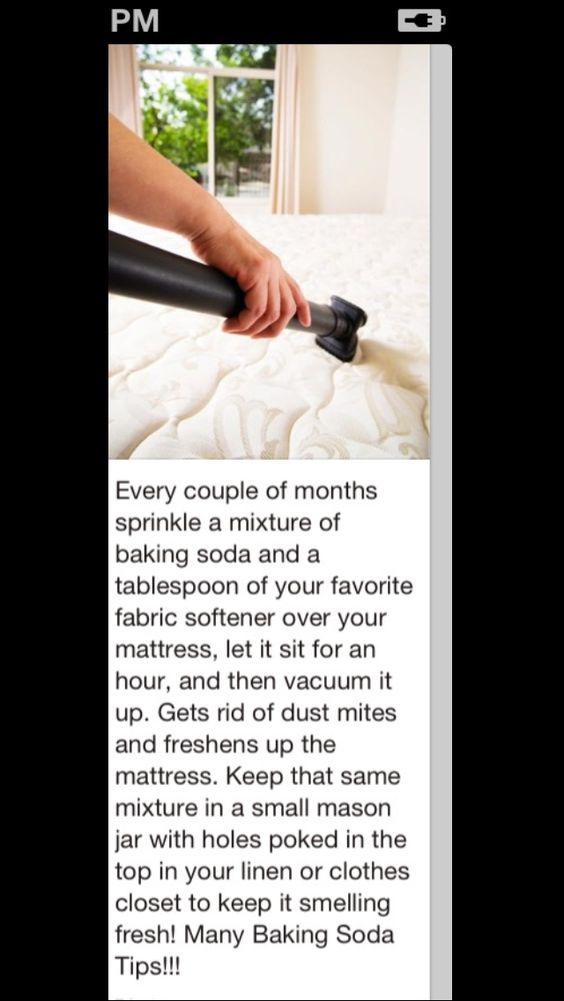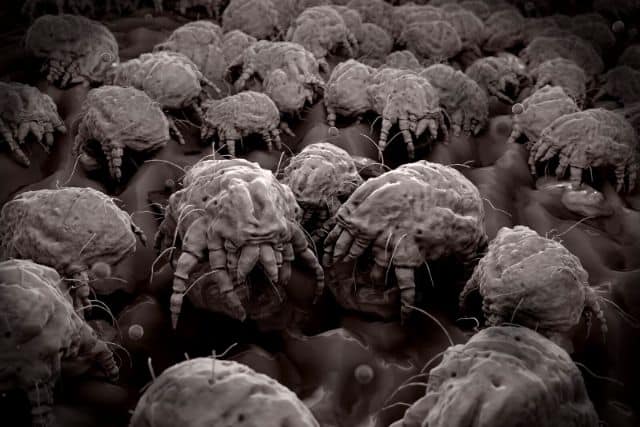What Are Dust Mites?
Dust mites are microscopic creatures that live in household dust. They are part of the arachnid family, which includes spiders and ticks. These tiny creatures cannot be seen with the naked eye, but they can cause big problems for those who are allergic to them.
Dust mites feed on dead skin cells and thrive in warm, humid environments. They can be found in bedding, carpets, and upholstery. While they do not bite or spread diseases, their waste products can trigger allergic reactions in some people.
How Do Dust Mites Affect Your Health?
For people with dust mite allergies, exposure to these microscopic creatures can cause a range of symptoms, such as sneezing, coughing, itchy eyes, and a runny nose. These symptoms can be especially troublesome for those with asthma, as dust mites can trigger asthma attacks.
Dust mites can also aggravate eczema and other skin conditions. In severe cases, exposure to dust mites can even lead to anaphylaxis, a life-threatening allergic reaction.
Can Dust Mites Live in Your Mattress?
If you're wondering whether your mattress is a cozy home for dust mites, the answer is yes. Mattresses provide the perfect environment for dust mites to thrive, with their warm, humid surroundings and abundance of dead skin cells. In fact, an average mattress can contain millions of dust mites.
These tiny creatures can burrow deep into the layers of your mattress and make it their permanent home. They can also spread to pillows, blankets, and sheets, making your entire bed a breeding ground for dust mites.
How to Get Rid of Dust Mites in Your Mattress
If you're allergic to dust mites or want to prevent them from infesting your mattress, there are several steps you can take to get rid of them:
Do Mattress Protectors Prevent Dust Mites?
Mattress protectors are designed to protect your mattress from spills, stains, and dust mites. They create a physical barrier that prevents dust mites from burrowing into your mattress and multiplying.
However, not all mattress protectors are created equal. Look for ones that are specifically designed to be allergen-proof and are made of tightly woven fabric, such as microfiber or polyester. These materials are too tightly woven for dust mites to penetrate, ensuring your mattress stays dust mite-free.
How Often Should You Replace Your Mattress to Avoid Dust Mites?
Even with regular cleaning and the use of mattress protectors, dust mites can still accumulate in your mattress over time. It's recommended to replace your mattress every 8-10 years to prevent a buildup of dust mites and their waste products.
You may also want to consider purchasing a new mattress if you're experiencing severe dust mite allergies. Newer mattresses are made with materials that are less hospitable for dust mites, such as memory foam and latex.
What Are the Symptoms of Dust Mite Allergies?
The symptoms of dust mite allergies can vary from person to person, but some common symptoms include:
Can Dust Mites Cause Asthma?
While dust mites themselves do not cause asthma, their waste products can trigger asthma attacks in people who are allergic to them. In fact, dust mites are one of the most common triggers for asthma attacks. If you have asthma, it's important to take steps to reduce your exposure to dust mites, especially in your bedroom.
How to Clean Your Mattress to Get Rid of Dust Mites
Regularly cleaning your mattress is essential to keep dust mites at bay. Here are some steps you can take to clean your mattress and get rid of dust mites:
Are There Natural Ways to Get Rid of Dust Mites in Your Mattress?
While there are many chemical-based products that claim to get rid of dust mites, there are also natural methods you can try:
Dust Mites: The Unwelcome Guests in Your Mattress

The Hidden Dangers of Dust Mites
 When it comes to house design, we often focus on creating a beautiful and comfortable living space. However, there is one aspect of our homes that often goes unnoticed - our mattresses. We spend a third of our lives sleeping on them, but how often do we think about what lies beneath the sheets?
Dust mites
, microscopic creatures that thrive in warm and humid environments, are one of the most common and unwelcome guests in our mattresses.
When it comes to house design, we often focus on creating a beautiful and comfortable living space. However, there is one aspect of our homes that often goes unnoticed - our mattresses. We spend a third of our lives sleeping on them, but how often do we think about what lies beneath the sheets?
Dust mites
, microscopic creatures that thrive in warm and humid environments, are one of the most common and unwelcome guests in our mattresses.
The Truth About Dust Mites in Your Mattress
 While the thought of tiny bugs living in our mattresses may make our skin crawl, the truth is that
dust mites are harmless
to most people. They feed on dead skin cells and can be found in all homes, regardless of how clean or dirty they are. However, for those with allergies or asthma,
dust mites can trigger allergic reactions
and make breathing difficult. This is because they produce waste that can cause irritation to the respiratory system.
While the thought of tiny bugs living in our mattresses may make our skin crawl, the truth is that
dust mites are harmless
to most people. They feed on dead skin cells and can be found in all homes, regardless of how clean or dirty they are. However, for those with allergies or asthma,
dust mites can trigger allergic reactions
and make breathing difficult. This is because they produce waste that can cause irritation to the respiratory system.
The Ideal Environment for Dust Mites
 Dust mites thrive in warm, humid environments, making our mattresses the perfect breeding ground for them. The average person sweats up to a liter of water every night, creating the perfect moisture for dust mites to thrive. Additionally,
the dead skin cells we shed while sleeping are their main source of food
. This makes our mattresses the ideal environment for them to multiply and cause potential health problems.
Dust mites thrive in warm, humid environments, making our mattresses the perfect breeding ground for them. The average person sweats up to a liter of water every night, creating the perfect moisture for dust mites to thrive. Additionally,
the dead skin cells we shed while sleeping are their main source of food
. This makes our mattresses the ideal environment for them to multiply and cause potential health problems.
Keeping Dust Mites at Bay
.png?sfvrsn=5c0b9a94_2) The good news is that there are ways to
reduce the number of dust mites in your mattress
. Regularly washing your sheets and bedding in hot water can help eliminate them. Using a
protective cover
on your mattress can also prevent dust mites from entering or escaping. Vacuuming your mattress and
using a HEPA filter
can also help remove dust mites and their waste. Maintaining a clean and dry sleeping environment can go a long way in keeping these unwelcome guests at bay.
The good news is that there are ways to
reduce the number of dust mites in your mattress
. Regularly washing your sheets and bedding in hot water can help eliminate them. Using a
protective cover
on your mattress can also prevent dust mites from entering or escaping. Vacuuming your mattress and
using a HEPA filter
can also help remove dust mites and their waste. Maintaining a clean and dry sleeping environment can go a long way in keeping these unwelcome guests at bay.
Conclusion
 In conclusion,
mattresses can indeed have dust mites
. While they may not pose a threat to most people, they can cause problems for those with allergies or respiratory issues. By understanding the dangers of dust mites and taking the necessary precautions, we can ensure a healthier and more restful sleep. So,
don't neglect your mattress
when it comes to house design - it's time to kick those dust mites out!
In conclusion,
mattresses can indeed have dust mites
. While they may not pose a threat to most people, they can cause problems for those with allergies or respiratory issues. By understanding the dangers of dust mites and taking the necessary precautions, we can ensure a healthier and more restful sleep. So,
don't neglect your mattress
when it comes to house design - it's time to kick those dust mites out!






/dust_mite_on_skin-aa2f44e16b5a4b94a7301ab346de5b91.jpg)
/d2890-1-56a5200b5f9b58b7d0daf1d9.jpg)








































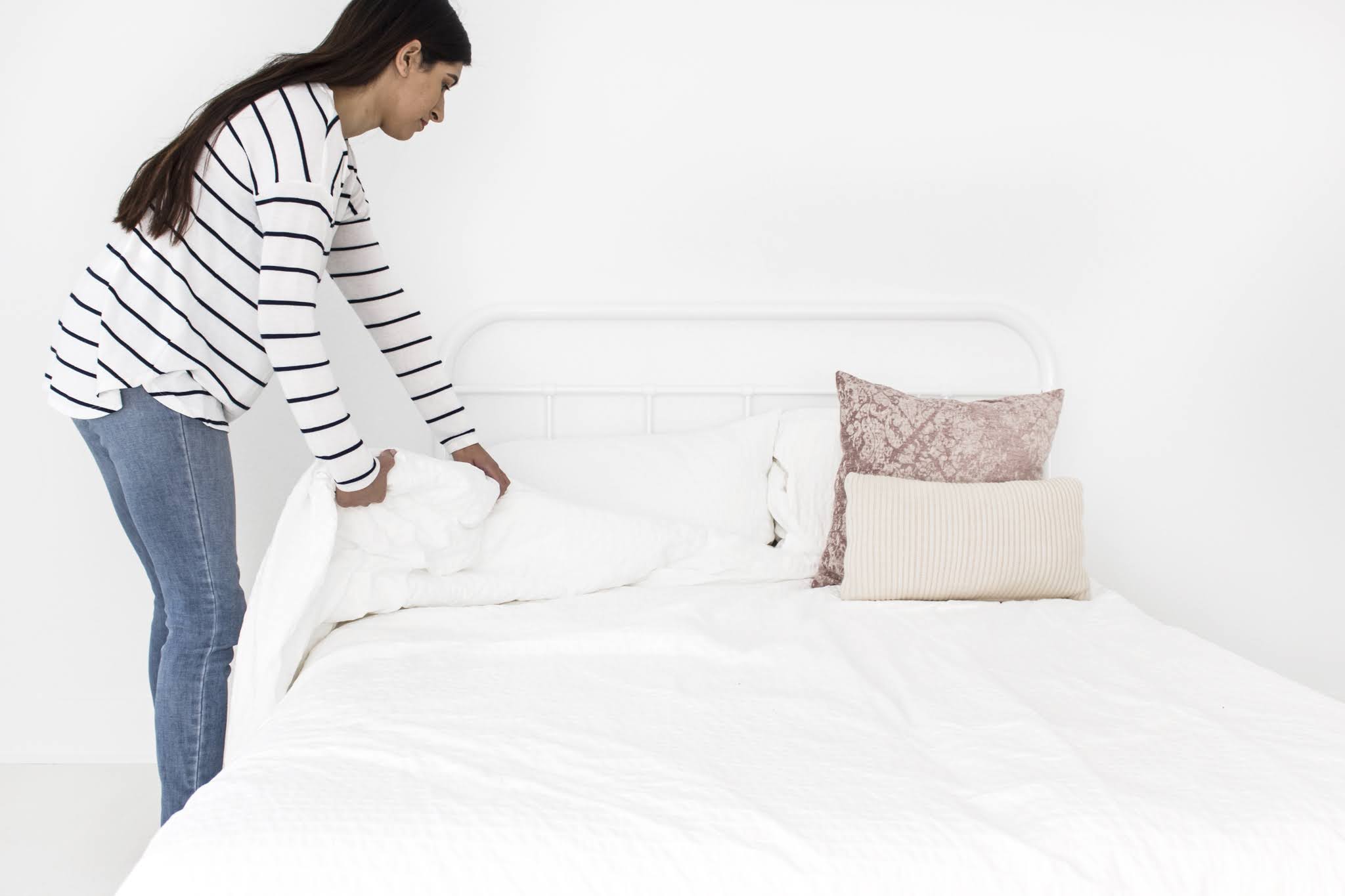

















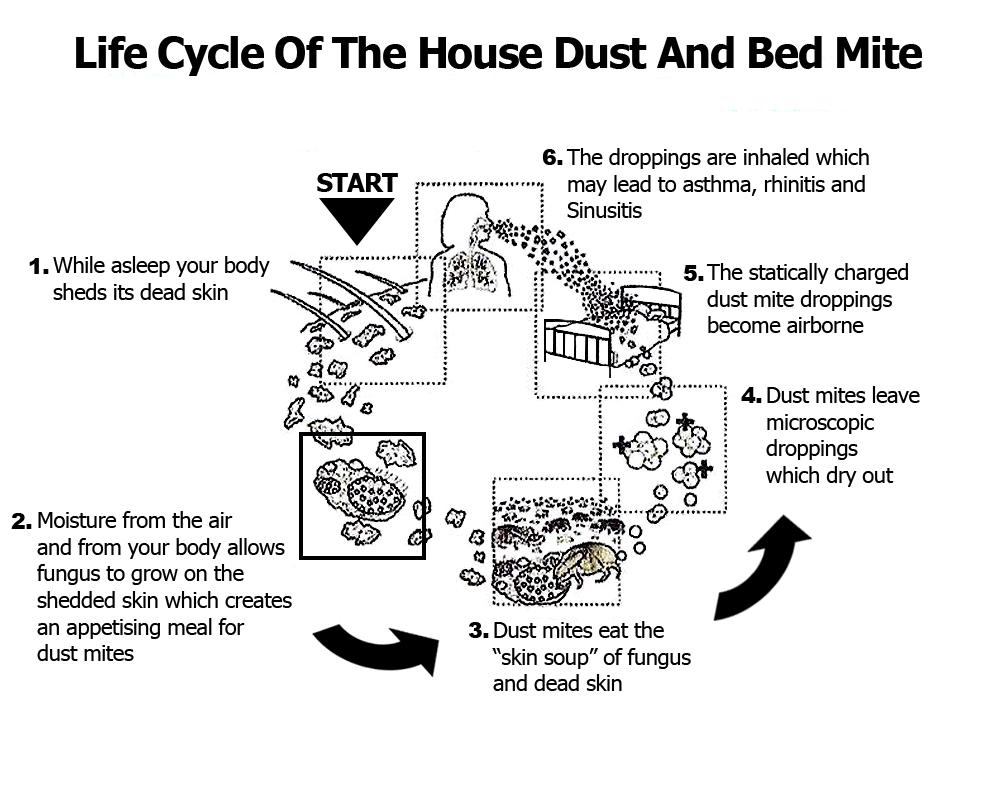

:max_bytes(150000):strip_icc()/VWH_Illustration_Tips-for-Reducing-Dust-Mite-Exposure_Illustrator_Theresa-Chiechi_Final-94dd99c38fe1418788d4a793e800dc86.jpg)









